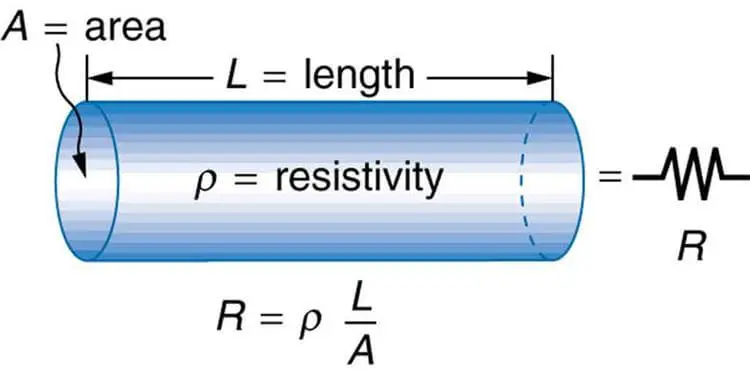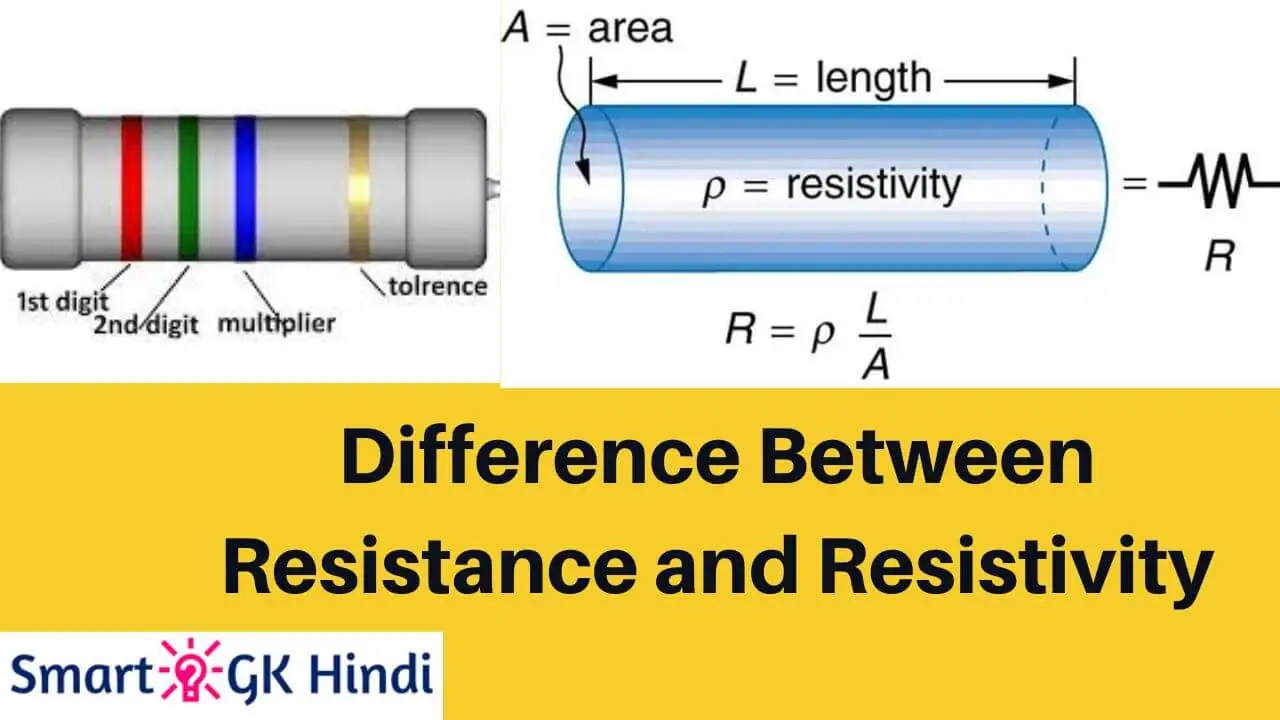Resistance and resistivity are two related but distinct electrical properties that are used to describe the behavior of materials in the presence of an electric current.
Understanding the difference between the two concepts is important in fields such as electrical engineering and physics.
Resistance
Resistance refers to the ability of a material to oppose the flow of an electric current. It is typically measured in ohms (Ω) and is represented by the symbol R.

The resistance of a material is determined by its composition, temperature, and the presence of impurities or defects.
The resistance of a material can be increased or decreased by changing its temperature, applying a magnetic field, or altering its composition.
Resistivity
Resistivity, on the other hand, refers to the inherent resistance of a material to the flow of an electric current.
It is a fundamental property of a material and is independent of the size or shape of the sample. It is typically measured in ohm-meters (Ωm) and is represented by the symbol ρ.

The resistivity of a material can be affected by its composition, temperature, and the presence of impurities or defects.
Relationship between Resistance and Resistivity
The relationship between resistance and resistivity is given by the equation R = ρ x L/A, where R is the resistance, ρ is the resistivity, L is the length of the material, and A is the cross-sectional area.
This equation shows that the resistance of a material is determined by its resistivity and the physical dimensions of the sample.
Classification of Materials
Materials can be broadly classified into two types based on their resistivity: conductors and insulators.
Conductors have a low resistivity and allow electric current to flow easily through them.
Examples include metals such as copper and aluminum. Insulators, on the other hand, have a high resistivity and impede the flow of electric current. Examples include rubber and glass.
Conclusion
In summary, resistance and resistivity are two related but distinct electrical properties that are used to describe the behavior of materials in the presence of an electric current.
Resistance refers to the ability of a material to oppose the flow of an electric current, while resistivity refers to the inherent resistance of a material to the flow of an electric current.
The relationship between resistance and resistivity is given by the equation R = ρ x L/A, and materials can be broadly classified into conductors and insulators based on their resistivity.
Understanding the difference between resistance and resistivity is important in fields such as electrical engineering and physics.
Read Also
- Difference between Lok Sabha and Rajya Sabha
- Difference between Turtle and Tortoise
- Current Affairs MCQ in Hindi 2023 [pdf]
- Top 50 General Awareness Questions in Hindi [pdf download]
- Difference between Manure and Fertilizer
- Difference between Lok Sabha and Rajya Sabha
We hope that we have covered all major differences between Hearing and Listening. If you have more doubt you can ask your questions in comment section.
